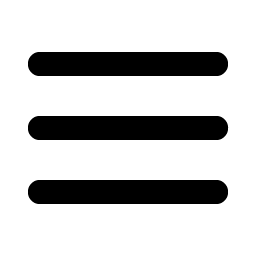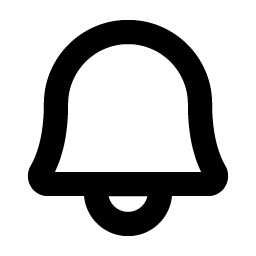1. Set a Clear Goal
- Goals define the structure of a training program. There are three primary types:
- Muscle Gain (Hypertrophy): Focuses on progressive overload and moderate rep ranges to increase muscle size.
- Fat Loss: Combines resistance training with moderate to high intensity cardio, typically in a calorie deficit.
- General Fitness: Balanced training involving strength, cardiovascular health, and mobility.
2. Select Weekly Training Frequency
| 2–3 days/week: | Full-body workouts |
| 4 days/week: | Upper/Lower or Strength/Conditioning split |
| 5–6 days/week: | Push/Pull/Legs, or detailed muscle group splits |
3. Understand Core Exercise Categories
a) Compound Movements
b) Isolation Movements
c) Cardiovascular Training
d) Core Training
e) Mobility & Flexibility
4. Choose Reps, Sets, and Rest Based on Goal
| Goal | Reps | Sets | Rest | Time |
|---|---|---|---|---|
| Strength | 3–6 | 4–6 | 2–3 | min |
| Hypertrophy | 8–12 | 3–5 | 30–90 | sec |
| Endurance/Fatloss | 12–20 | 2–4 | 15–60 | sec |
5. Plan Progression
- Increasing weight
- Increasing reps or sets
- Decreasing rest time
- Improving movement quality or control
- Tracking training metrics weekly is recommended.
6. Schedule Recovery
Example 3-Day Beginner Routine (Full Body)
Day Exercises
- Day 1 Squat, Push-up, Lat Pulldown, Plank
- Day 2 Deadlift, Shoulder Press, Dumbbell Row, Leg Raise
- Day 3 Lunge, Incline Press, Cable Row, Russian Twist

